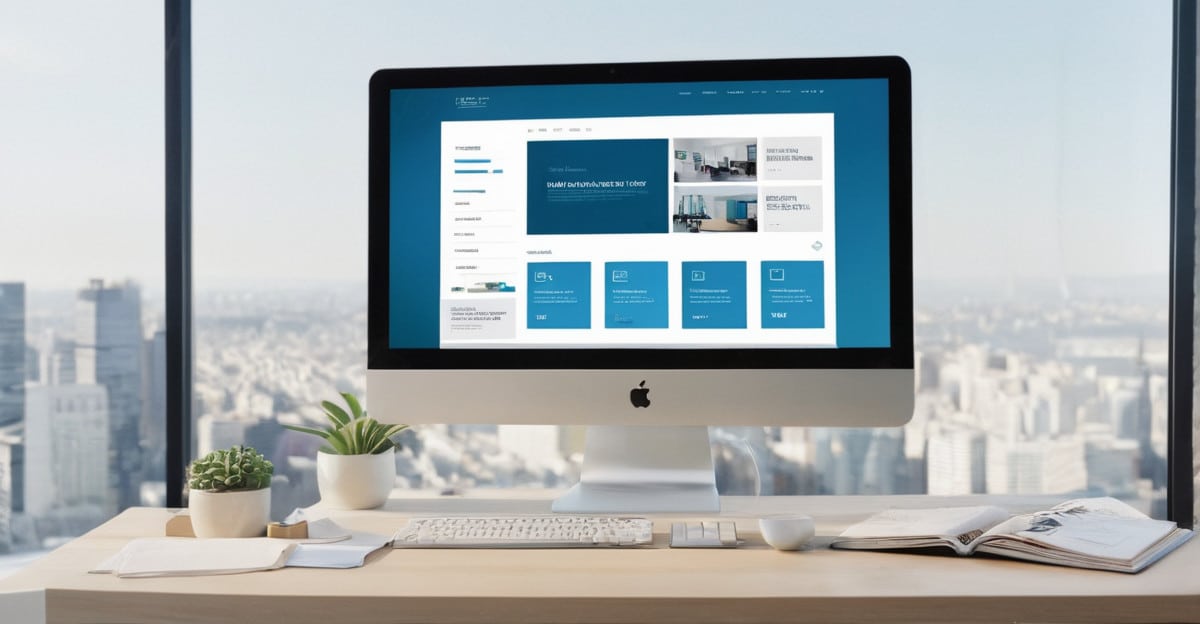
Introduction: The Importance of a Freelance Portfolio
Having a freelance portfolio is not just a must, but a need in the cutthroat world of freelancing. Your portfolio, which highlights your abilities, background, and caliber of work, serves as your business card. For freelancers of all stripes, including writers, designers, developers, and others, a strong portfolio can mean the difference between getting hired or not. We’ll show you how to construct a freelancing portfolio in 2024 in this article, so you can stand out in a crowded field.
Step 1: Identify Your Best Work
Finding your greatest work is the first step towards building a solid freelance portfolio. This entails choosing assignments that not only highlight your abilities but also the kind of employment you hope to draw in. Here, quality matters more than quantity. Pick compositions that accentuate your advantages and showcase your proficiency. Recall that your portfolio serves as a window into who you are, so make sure it only contains your greatest work.
Step 2: Tailor Your Portfolio to Your Target Audience
Having a clear understanding of your target market is essential to building a successful freelance portfolio. Your portfolio should clearly address the demands and interests of potential clients, whether you’re trying to draw in agencies, businesses, or individual customers. Make your portfolio unique by including projects that align with the kind of work your target market is seeking. Using a focused strategy will make it more likely that prospective clients will notice you.

Step 3: Create a Professional Website
For freelancers in 2024, having a business website is a must. Your website serves as the central point of your freelance portfolio, giving you a place to present your work, client endorsements, and an insight into your character and approach to work. Make sure your website is responsive to mobile devices and employ a simple, user-friendly design. Provide a call to action that is obvious so that prospective customers can get in touch with you.
Step 4: Write Compelling Project Descriptions
You should provide a thorough description for every project in your freelance portfolio. Describe the goals of the project, your responsibilities, the difficulties you encountered, and how you overcome them. Emphasize any quantifiable outcomes or encouraging comments you’ve had. In addition to giving background, these descriptions highlight your capacity for outcome-driven problem-solving.

Step 5: Include Client Testimonials and Case Studies
Case studies and client endorsements are effective additions to your freelance portfolio. They establish credibility and offer social proof. Request a brief testimonial from pleased customers regarding their interaction with you. Make thorough case studies that describe the project from beginning to end, including the client’s problem, your solution, and the outcomes attained.
Step 6: Keep Your Portfolio Updated
As your job progresses, your freelance portfolio ought to be a dynamic record. Update it frequently with your most recent endeavors and successes. To maintain your portfolio current and interesting, remove less-than-impressive or out-of-date pieces. This not only guarantees that prospective clients view your most recent and greatest work, but it also demonstrates your professional growth.
Step 7: Optimize for SEO
In order to make your freelance portfolio discoverable online, search engine optimization (SEO) is crucial. Make use of pertinent keywords all over your website, especially in the names and descriptions of your projects. Make sure your website loads quickly and optimize your photos with alt text. To promote your skills and increase visitors, think about launching a blog. You can draw in more potential customers and raise your profile by optimizing for search engines.
Leveraging Social Media to Promote Your Portfolio
Utilizing social media to promote your freelance portfolio can be quite effective. To reach a larger audience, share your work on social media sites like Instagram, Twitter, and LinkedIn. Share behind-the-scenes glimpses into your projects, industry news, and thoughts with your audience to foster engagement. Social media can assist you in connecting with potential customers and developing your personal brand.
Networking and Building Connections
Developing a successful freelancing profession requires networking. To network with other experts, take part in webinars, online forums, and industry events. Developing a network might help you increase your clientele by bringing in referrals and joint ventures. Incorporate these affiliations into your freelance portfolio to exhibit your industry participation and authority.
Conclusion: Your Path to a Successful Freelance Portfolio in 2024
In 2024, building a compelling freelance portfolio requires more than just displaying your work. To draw in the ideal clientele, it’s important to present your qualifications and experience strategically. You’ll be well on your way to being a successful freelancer if you follow these seven steps: selecting your finest work, customizing your portfolio, building a business website, crafting project descriptions that are appealing, adding testimonials, updating your portfolio, and optimizing for search engines. Keep in mind that your portfolio should change as your career does because it is a dynamic document. Maintain it up to date, pertinent, and representative of your finest work to consistently draw in new business.






